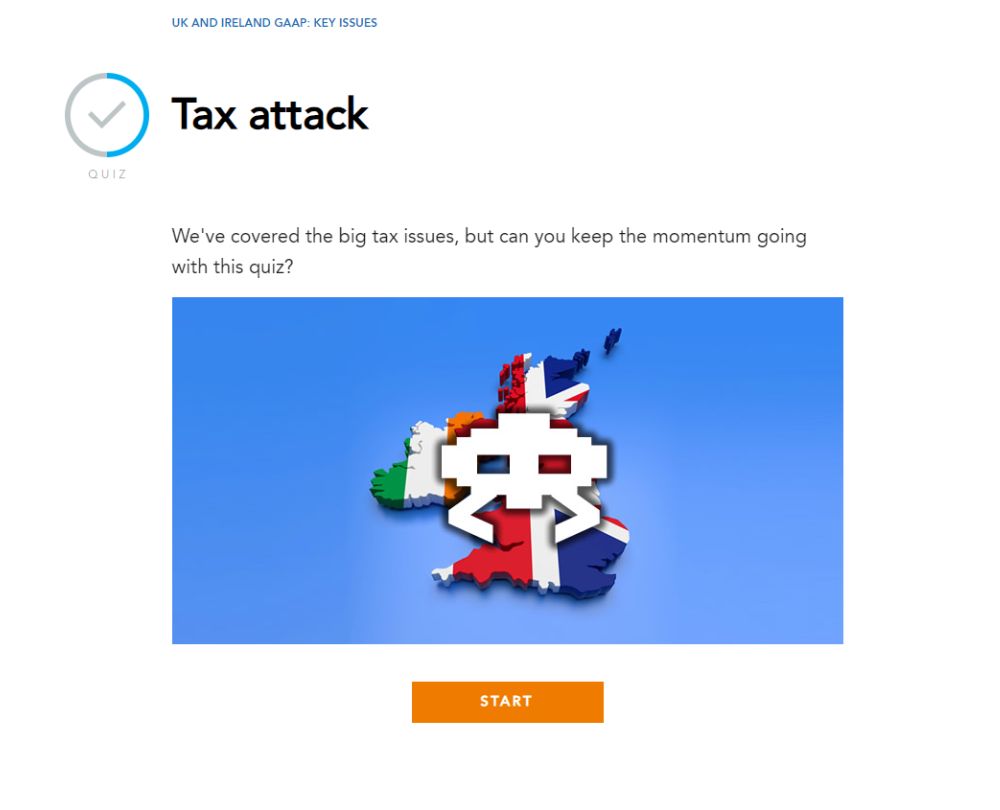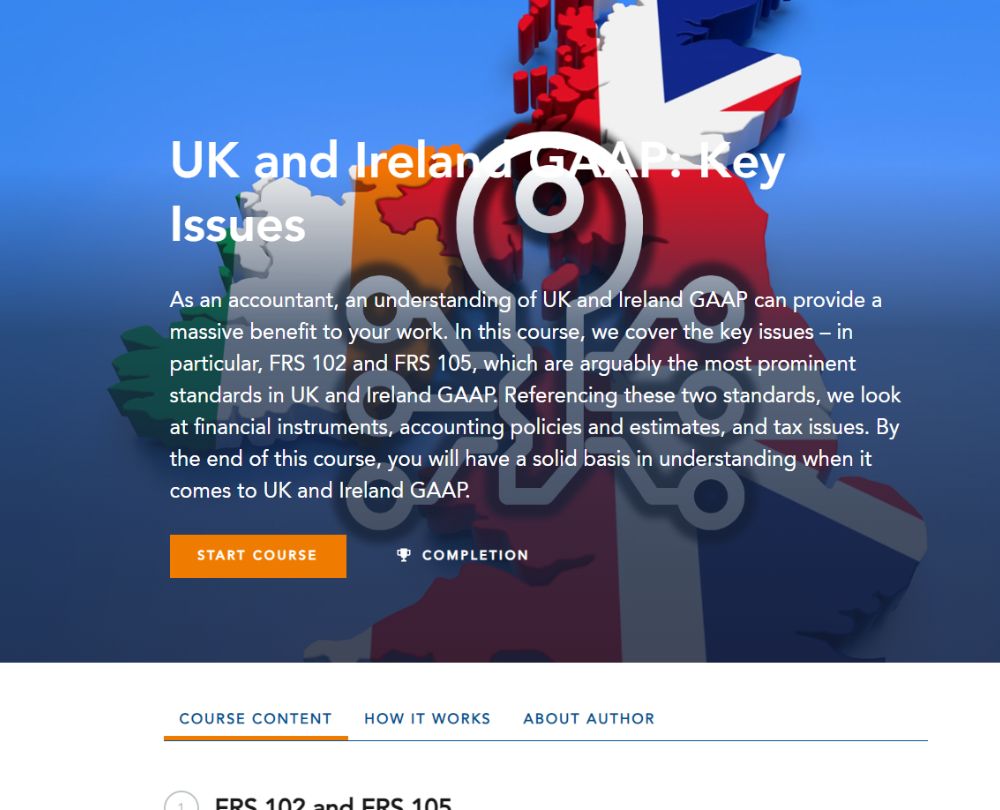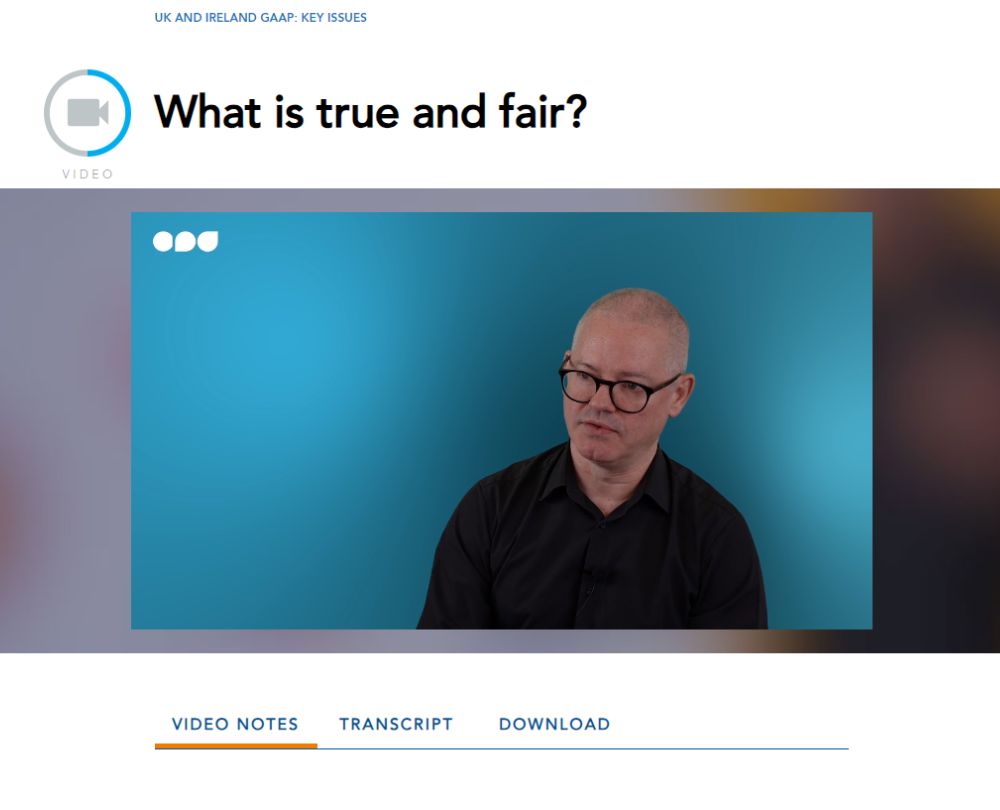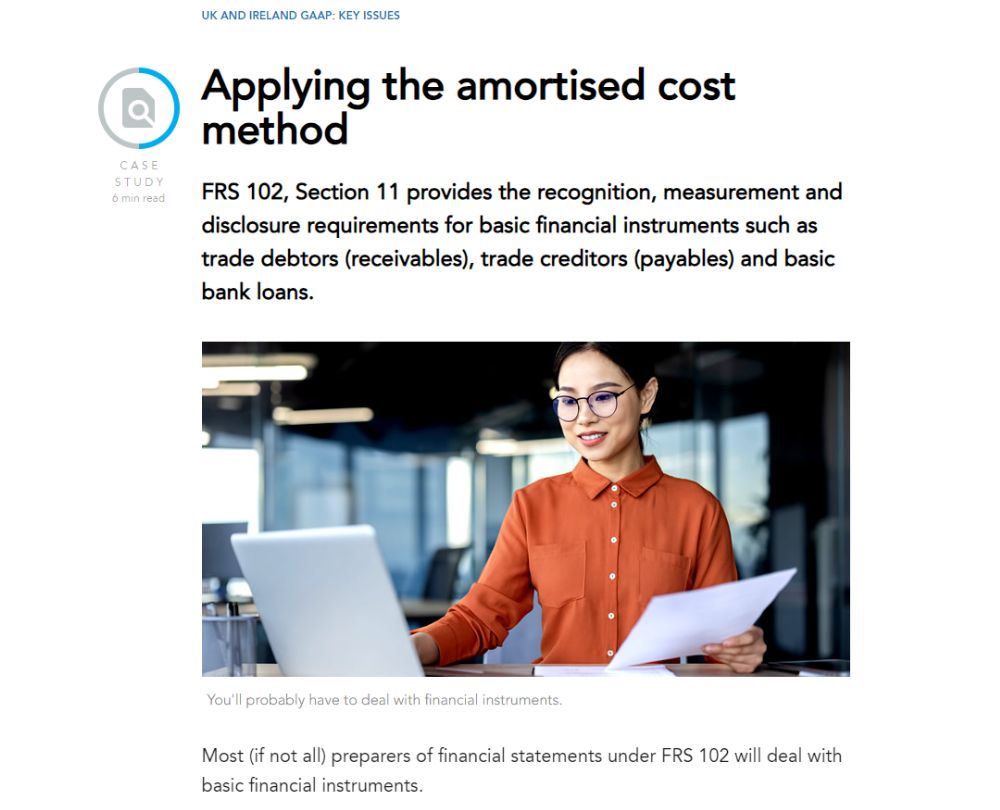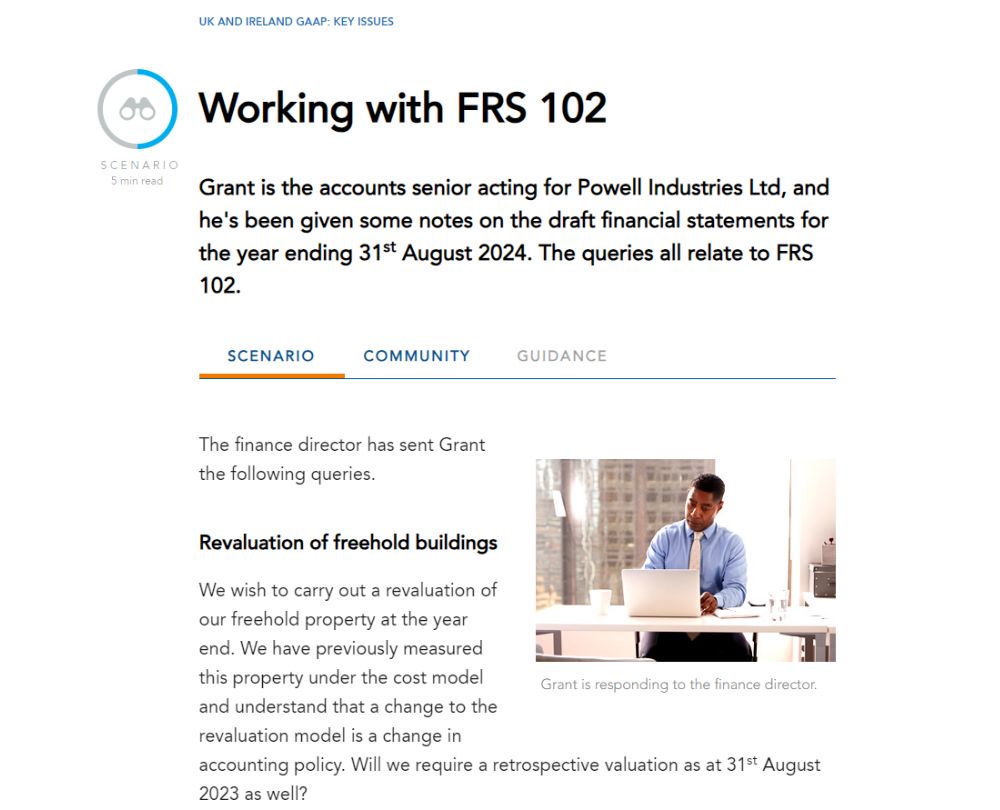Use ACPD101 for 10% off any purchase.
This course will enable you to
- Identify the key differences between FRS 105 and FRS 102
- Transition between FRS 102 to FRS 105
- Apply the amortised cost method to financial instruments
- Clarify the rules around recognition and derecognition of financial instruments
- Understand how accounting policies are selected, and the rules around estimates
- Correctly account for various taxes, such as corporation tax and employment taxes
About the course
As an accountant, an understanding of UK and Ireland GAAP can provide a massive benefit to your work.
In this course, we cover the key issues – in particular, FRS 102 and FRS 105, which are arguably the most prominent standards in UK and Ireland GAAP. Both frameworks are significantly different in terms of recognition, measurement and disclosure requirements.
Referencing these two standards, we look at financial instruments, which can cause difficulties for preparers of financial statements due to their inherent complexity. We then look at how we select accounting policies, and the rules surrounding estimates. The course finishes with an examination of the accounting treatments for various taxes, including how to present tax in the cash flow statement.
Look inside
Contents
- FRS 102 and FRS 105
- Spot the difference
- Differences between FRS 105 and FRS 102
- Transitioning between the frameworks
- What is true and fair?
- Ensuring a true and fair view
- Financial instruments
- What is a financial instrument?
- Classification as a financial instrument
- Measuring a basic financial instrument
- Derivative financial instruments
- Derecognition
- Accounting policies and estimates
- Accounting policy versus accounting estimate
- Problems with the policy
- Changing an accounting policy
- Changes in accounting estimate
- A smooth transition
- Disclosing accounting policies
- Accounting for tax
- Accounting profit versus taxable profit
- Reconciliations
- A new tax rate
- Tax rates to use under UK and Ireland GAAP
- Presenting tax in the cash flow statement
- Disclosures
How it works
Reviews
| Recommended | ||||
Why not upgrade?Find the best way to complete your CPD | CourseNeed just a few unitshourshours? | Pick n MixAll you need for this year's CPD. | LicenceAll you need for this year and more. | TeamKeep your whole team up to date. |
|---|---|---|---|---|
| Access to this course | ||||
| Total CPD unitshourshours | 4 unitshourshours | 21 units20 hours21 hours | 800+ unitshourshours | 800+ unitshourshours |
| Access period | 120 days | 120 days Access to end 2025 | 12 months | 12+ months |
| Audit-proof CPD completion certificate | ||||
| Immediate access to our entire CPD catalogue | ||||
| Exclusive news and CPD every week plus monthly webinars, all year round | ||||
| Account manager on hand to support your team’s needs | ||||
| Learn more | Learn more | Learn more | ||
Why not upgrade?
Find the best way to complete your CPD
You might also like
Take a look at some of our bestselling courses
Use ACPD101 for 10% off any purchase.

